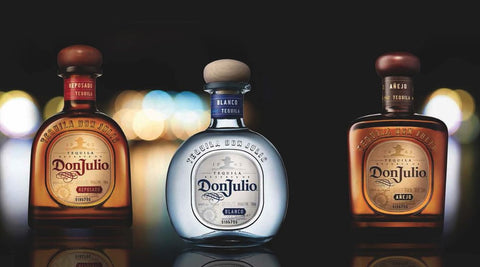
For this month let’s dive more into the world of tequila. A little bit about the history of this beautiful tasting alcohol, the first versions of tequila dates back to nearly 1000 B.C. during the Aztec civilization. Did you know that tequila can only be made using the blue weber agave? The Mexican law even states that tequila can only be produced in 5 states mainly Jalisco, Guanajuato, Michoacán, Nayarit and Tamaulipas.
The 3 main types of tequila are Blanco, Reposado and Anejo.
Let’s start off with Blanco. Blanco is the literal translation of the word white, which is the actual colour of this type of tequila. Blanco tequila is not aged in an oak barrel as compared to reposado and anejo which we will cover later in this blog. This specific type of tequila does not carry the woody, smoky notes from the oak barrels, hence you will get the purest form of agave nectar mainly being grassy, herbaceous and raw vegetal tasting.

Most bottles will have a label that would read “Silver” or “Blanco”, you would also see most bartenders using blanco to make your favourite tequila based cocktails.
Next would be Reposado. Reposado is aged in oak barrels for a rough duration of two months up to a year, giving it that warm honey, caramel, oaky smooth texture to the tequila. As the aging process usually rounds up the alcohol, expect to taste some notes of chillies or chocolate in some of these flavourful reposado.

Reposado sits between Blanco and Anejo due to the amount of time they are being aged. Best served neat or in a rock glass with a block of clear ice.
With that it brings us to the final type of tequila, Anejo. Anejo is being aged for one to three years in oak barrels, giving it that very distinct oaky, smoky flavours that you will definitely taste when you have a sip. Anejo is aged in a barrel that only contains about 600 litres of alcohol making it sit together with the woods to smoothen out the rough tasting notes and also giving it the smooth caramelised finish that you often associate Anejo with.



